Cacao Tree
- November 17, 2023
- 0 comment
The cacao tree, scientifically known as Theobroma cacao, is a small evergreen tree native to the deep tropical regions of Central and South America. Revered for its precious fruit, the cacao tree plays a pivotal role in the production of cocoa beans, the fundamental ingredient in chocolate. Characterized by glossy leaves and delicate, pinkish flowers, this remarkable tree thrives in the humid, rainforest environments of its native habitat.
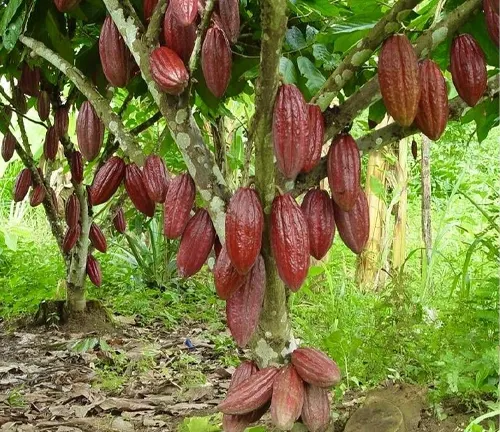
The cacao pods, which encapsulate the coveted cocoa beans, sprout directly from the trunk and branches, creating an intriguing sight. Cultivation of cacao has expanded beyond its original home, with plantations established in various tropical regions worldwide. The journey from cacao pod to delectable chocolate involves a meticulous process of harvesting, fermenting, drying, roasting, and grinding the beans.
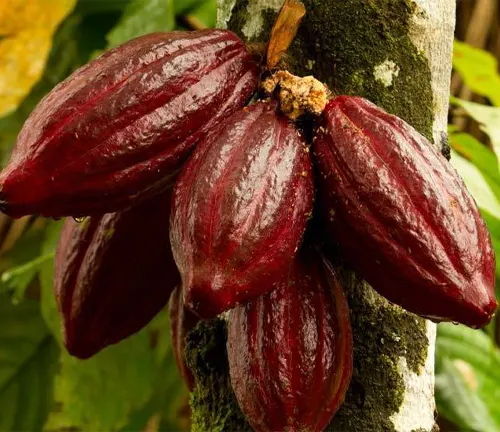
Not only does the cacao tree contribute to the world’s love affair with chocolate, but it also supports the livelihoods of countless farmers and serves as a symbol of cultural significance in the regions where it thrives. Beyond its culinary allure, the cacao tree remains an ecological cornerstone, promoting biodiversity and environmental sustainability in the lush landscapes it calls home.
| Characteristic | Description |
|---|---|
| Scientific Name | Theobroma cacao |
| Family | Malvaceae (previously Sterculiaceae) |
| Native Region | Central and South America |
| Climate Requirements | Tropical, humid climates |
| Size | Small, evergreen tree |
| Leaves | Glossy, dark green |
| Flowers | Small, pinkish, directly on trunk and branches |
| Fruit | Cacao pods |
| Cocoa Beans | Seeds found inside cacao pods |
| Growth Habit | Deep tropical rainforest environments |
| Cultivation Areas | Tropical regions worldwide |
| Harvesting | Pods harvested from trunk and branches |
| Cocoa Production | Harvested beans undergo fermentation, drying, roasting, and grinding |
| Culinary Use | Essential ingredient in chocolate production |
| Economic Impact | Supports livelihoods of farmers in cacao-producing regions |
| Cultural Significance | Holds cultural importance in native regions |
| Ecological Role | Promotes biodiversity and environmental sustainability |
Botanical Beauty of the Cacao Tree
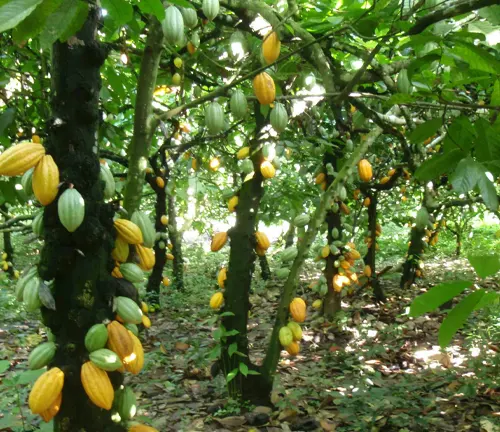
The cacao tree, scientifically known as Theobroma cacao, captivates with its botanical beauty, offering a visual spectacle in its native rainforest habitat. This small evergreen tree, adorned with glossy, dark green leaves and delicate, pinkish flowers, stands as a testament to nature’s artistry. The enchanting sight of cacao pods sprouting directly from the trunk and branches adds a touch of mystery to this woodland gem. As a botanical marvel, the cacao tree not only contributes to the lush aesthetics of tropical landscapes but also serves as the source of one of humanity’s most beloved indulgences—chocolate.
Woodland Elegance
Amidst the deep tropical rainforests of Central and South America, the cacao tree exudes woodland elegance. Its slender form and gracefully arching branches create a harmonious silhouette against the backdrop of lush greenery. The tree’s unassuming stature belies its significant role in the ecosystem and the cultural heritage of the regions it inhabits. As a shade-loving species, the cacao tree adapts seamlessly to the intricate dance of sunlight filtering through the dense canopy, epitomizing the symbiotic relationship between flora and forest.
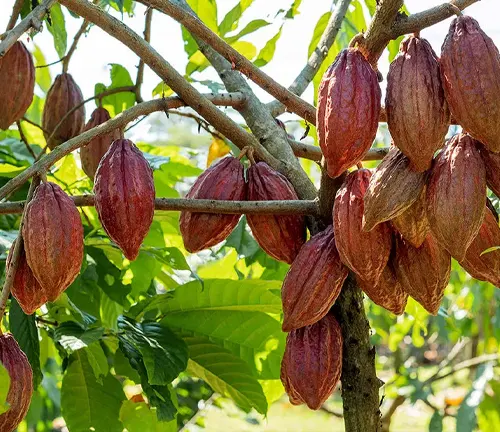
Ecological Importance
Beyond its aesthetic appeal, the cacao tree plays a crucial role in maintaining ecological balance. Thriving in the humid climates of rainforests, it fosters biodiversity by providing a habitat for various species. The intricate structure of its branches offers perches for birds, while the fallen leaves contribute to the forest floor’s nutrient cycling. The cacao tree’s presence in its native habitat is integral to the intricate web of life, emphasizing the interconnectedness of ecosystems.
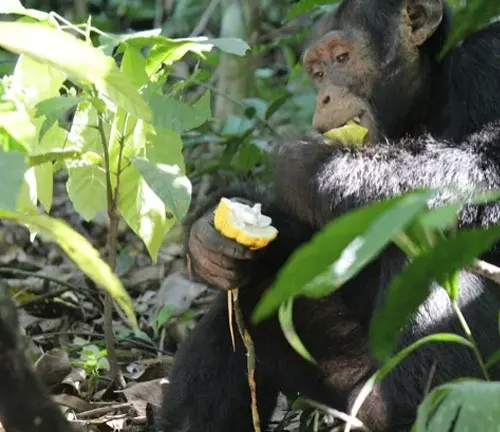
Cultivation and Conservation
As the demand for cocoa beans, derived from cacao pods, continues to rise globally, cultivation efforts extend beyond the tree’s native regions. Sustainable cultivation practices are essential to balance the economic benefits of cacao farming with environmental conservation. Striking this balance ensures the longevity of both the cacao tree and the diverse ecosystems it inhabits, promoting responsible agricultural practices and safeguarding the natural habitats that support these remarkable trees.
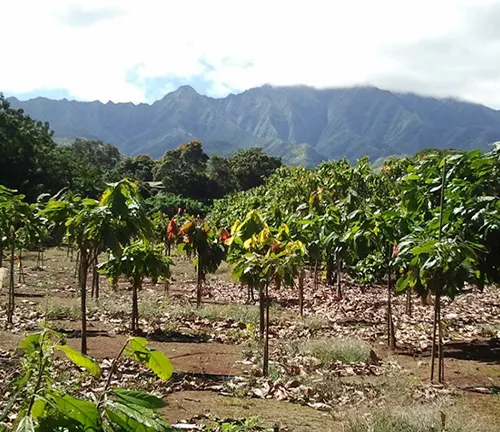
Fragrance
While visual allure is undeniable, the cacao tree also engages the olfactory senses with its subtle fragrance. The pinkish flowers emit a delicate scent, adding another layer to the sensory experience of encountering this botanical treasure in the wild. The fragrance, though ephemeral, is a reminder of the intricate and delicate processes at play in the cacao tree’s journey from flower to fruit, eventually culminating in the creation of the world’s favorite treat—chocolate.
Soil Stabilization
The cacao tree goes beyond its role as a mere source of cocoa beans; its extensive root system aids in soil stabilization. This feature is particularly crucial in regions prone to erosion. The intricate network of roots helps anchor the soil, preventing degradation and contributing to the overall health of the ecosystem. In this way, the cacao tree showcases its multi-faceted contributions to environmental sustainability.
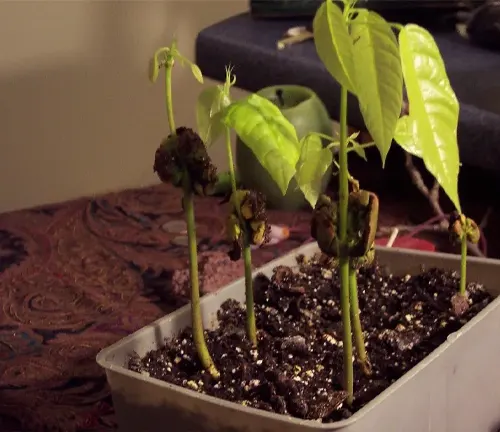
Common Uses
The cacao tree’s most famous offspring is, without a doubt, the cocoa bean. Harvested from the cacao pods, these beans are the foundation of chocolate production. The journey from pod to cocoa involves a meticulous process of harvesting, fermenting, drying, roasting, and grinding. Beyond its culinary application, the cacao tree’s wood is occasionally utilized in local communities for construction and crafting purposes, showcasing its versatility.
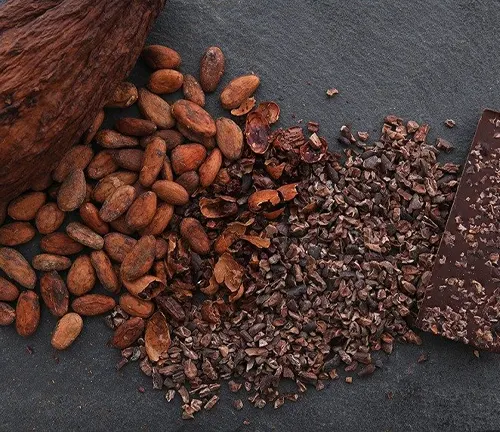
Benefits
The benefits of the cacao tree extend beyond its role in chocolate production. Economically, it sustains the livelihoods of countless farmers in cacao-producing regions, contributing to the socio-economic fabric of these communities. Moreover, its cultivation supports agroforestry practices, promoting a more sustainable and resilient approach to agriculture. As a cultural symbol, the cacao tree holds deep-rooted significance, weaving itself into the fabric of traditions and ceremonies in its native regions.
Different Species
Forastero
(Theobroma cacao var. forastero)
Known for its robust flavor profile and resistance to diseases.
Predominantly grown in West Africa, particularly in countries like Ghana and Ivory Coast.
Represents a significant portion of the world’s cocoa production.
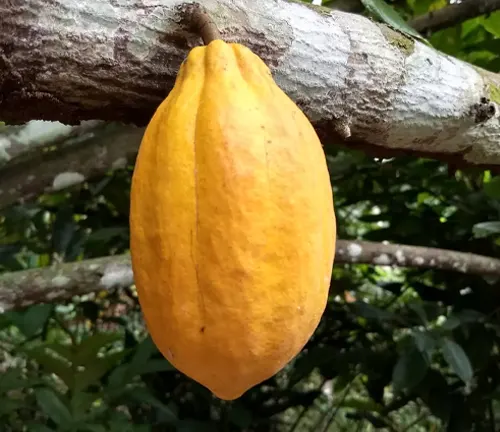
Criollo
(Theobroma cacao var. criollo)
Prized for its fine flavor and aromatic qualities.
Native to Central and South America, with significant cultivation in countries such as Venezuela and Mexico.
Considered a high-quality cocoa bean with a more delicate taste compared to other varieties.
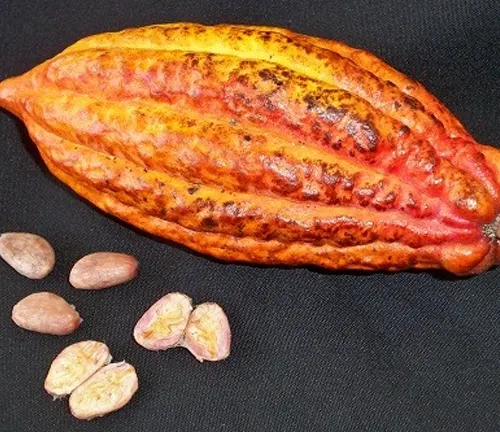
Trinitario
(Theobroma cacao var. trinitario)
A hybrid between Forastero and Criollo varieties.
Exhibits a balance of the robustness of Forastero and the fine flavor of Criollo.
Cultivated in Trinidad and Tobago, as well as other regions of the Caribbean and Central America.
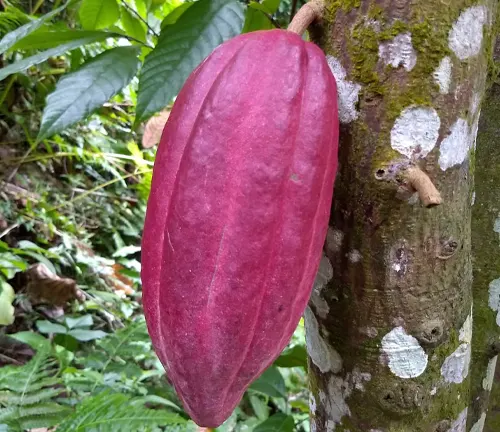
Nacional
(Theobroma cacao var. nacional)
Found primarily in Ecuador, particularly in the renowned Arriba region.
Known for its unique flavor profile, often described as floral and fruity.
Recognized as a fine flavor cocoa bean and used in the production of high-quality chocolate.
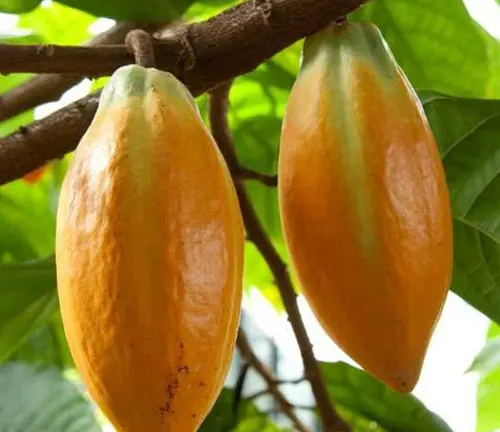
Amazonian Cacao
(Theobroma cacao var. sphaerocarpum)
Native to the Amazon rainforest.
Exhibits a wide range of genetic diversity and adaptations to different environmental conditions.
Represents an important reservoir of genetic material for cacao breeding and conservation efforts.
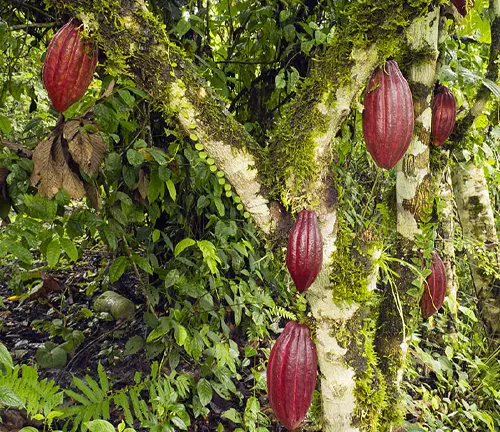
Beniano
(Theobroma cacao var. beniano)
Indigenous to the Beni region of Bolivia.
Known for its fine flavor characteristics.
Considered one of the traditional varieties contributing to the biodiversity of cacao in the Amazon basin.
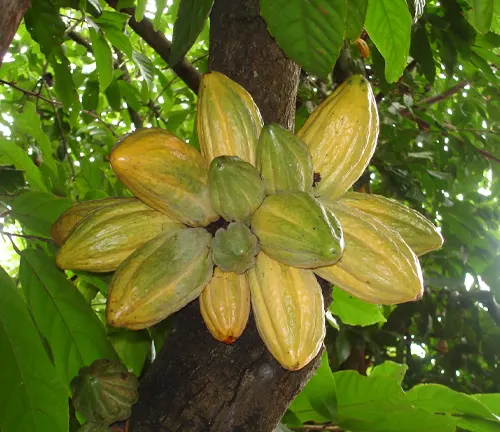
Frequently Asked Questions (FAQs)
- What is the cacao tree, and where is it native?
The cacao tree, scientifically known as Theobroma cacao, is a small evergreen tree native to the deep tropical regions of Central and South America. - What are the main parts of the cacao tree used in chocolate production?
The main part used is the cocoa bean, which is found inside the cacao pods. The beans undergo a series of processes, including fermentation, drying, roasting, and grinding, to produce chocolate. - What are the different species or varieties of the cacao tree?
Common varieties include Forastero, Criollo, Trinitario, Nacional, Amazonian Cacao, and Beniano, each with distinct flavor profiles and characteristics. - Where is the majority of the world’s cocoa produced?
The majority of the world’s cocoa is produced in West Africa, particularly in countries like Ghana and Ivory Coast. - What is the ecological importance of the cacao tree?
The cacao tree contributes to biodiversity by providing habitats for various species. Its root system also aids in soil stabilization, preventing erosion in tropical regions. - How is the cacao tree cultivated, and what are the challenges in cultivation?
Cacao trees are cultivated in tropical regions worldwide. Challenges include susceptibility to diseases, the need for sustainable cultivation practices, and balancing economic benefits with environmental conservation. - What is the significance of different cacao varieties in chocolate flavor?
Different cacao varieties contribute unique flavor profiles to chocolate. For example, Criollo is known for its fine flavor, while Forastero is recognized for its robust taste. - How long does it take for a cacao tree to produce cocoa pods?
Cacao trees typically start producing pods within 3 to 5 years of planting, but full production often begins around the fifth to seventh year. - What are the economic and cultural impacts of the cacao tree?
The cacao tree sustains the livelihoods of farmers in cacao-producing regions, contributing to the economic well-being of communities. It also holds cultural significance in native regions, playing a role in traditions and ceremonies. - How is the cacao industry addressing sustainability and ethical concerns?
The cacao industry is increasingly focusing on sustainable and ethical practices, including certifications like Fair Trade and Rainforest Alliance, to address environmental and social issues in cacao production.


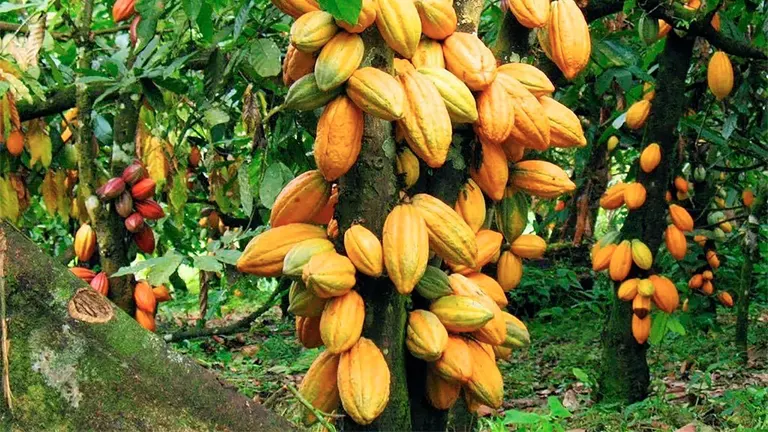

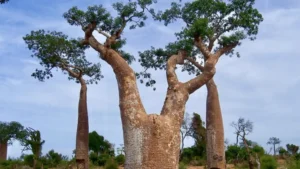
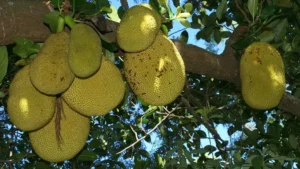
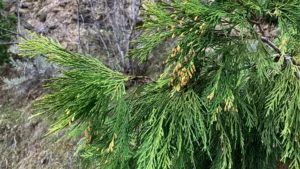
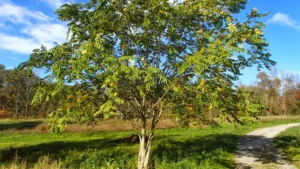
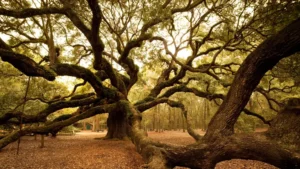
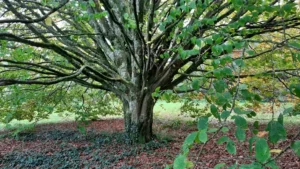
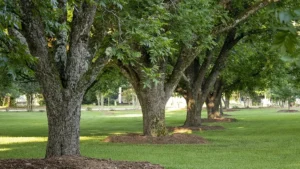
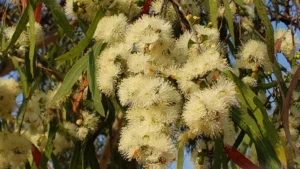
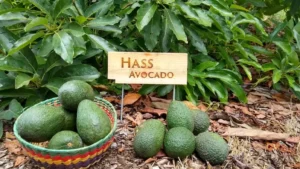


Leave your comment